Neither necessary nor sufficient
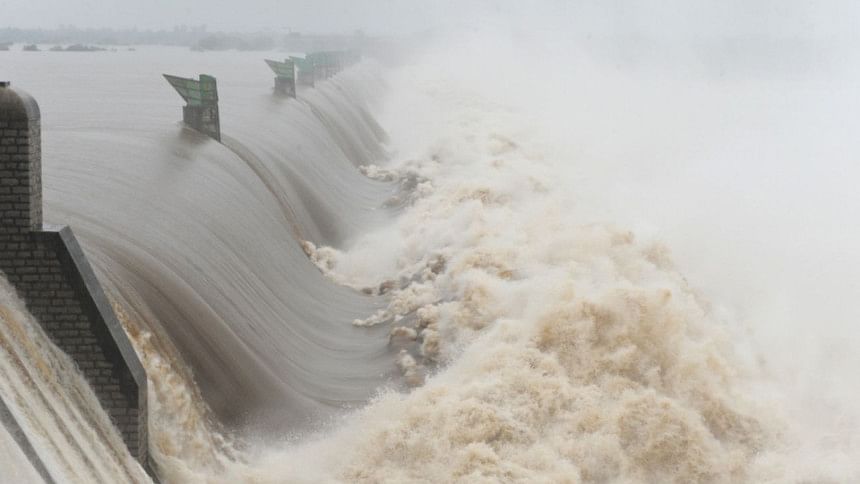
Does life cause death? Does oxygen cause fire? Does rain cause flood?
On the surface—from the philosophical (life and death) to physical (rainfall and flood)—these appear to be simple questions with causal connections. But are these simple questions where cause-effect relationships can be predicted using necessary and sufficient conditions? Or, are they complex questions with interdependent variables and feedback? Can cause and effect be established for questions that are loaded with multiple sources of ambiguity and uncertainty?
Rainfall may be a necessary condition for a flood, but it is neither a sufficient condition nor a causal factor to perfectly forecast a flood. If rain comes after weeks of dry weather, soil can absorb considerable water, limiting runoff. Three large rain events over a week could create a substantial flood. However, that isn't always true: it depends on so many factors from the intensity and duration of rainfall, soil characteristics, topographical conditions, to the presence of and human interventions, such as flood prevention ponds and canals. Rain may be a necessary condition to create a flood but rain is not sufficient to always create a flood. While this is plainly obvious, similar causal reasoning has been and continues to be a primary mode to explain obviously complex phenomenon, inform policy decisions, and design interventions.
Problems that include the access, allocation, and use of transboundary water become complex due to the crossing of many boundaries: political, social and jurisdictional, as well as physical, ecological and biogeochemical. The complexity of many of these water issues lie in the interconnections and feedback among variables, processes, actors and institutions operating at different scales. For transboundary water management (TWM) problems, we need to make a distinction between causes and conditions. In such situations, causes differ in meaning from enablement; with a cause, an effect is necessary; whereas with enablement effects are not necessary but possible. Many effects are possible that may or may not happen because of contextual interactions (presence of oxygen is necessary but will not lead to fire unless there is a trigger). And such interactions for complex TWM cannot be prescribed a-priori.
The challenges and opportunities associated with transboundary water are many. There are multiple schools of scholarship; yet, there appears to be a void of actionable ideas on what to do and how to accomplish desirable outcomes. With the risk of being too simplistic, the general approach picks one or more items from this list: if we get the science (hydro-management) or market (hydro-market) or power and participation (hydro-politics), or the process (hydro-diplomacy) right, we can successfully manage our transboundary water resources.
The logic and promise of conventional notion of causality has served us well to understand and manage simple problems (with clear cause-effect relationships; for example, chlorination reduces water-borne diseases). For complex problems (where cause-effect relationships are ambiguous and uncertain), the power and promise of the conventional approach to specify the causal conditions no longer holds. Not even a question like "What causes floods?" can provide generalisable and predictable answers. Bringing in human agency, with our value-based decisions around prioritisation of water for irrigation vs urban populations and meeting ecosystem needs, into the mix of TWM, make the identification of necessary and sufficient conditions extremely contentious.
Despite repeated calls and efforts to develop a comprehensive approach to resolve TWM problems, search for causal mechanisms has yet to yield any reliable theory. For example, in the 1950s USA sent two envoys to address two water conflicts: one to South Asia and the other to the Middle East. In 1960, the Indus Treaty was signed and it survived the last 60 years despite several wars between India and Pakistan during this period. Yet, it took several decades to sign the 1994 Israel-Jordan Peace Treaty. What are the similarities and differences for these two cases? What can we learn from the historical evolution of these two cases? Among the different modes of cooperation, mediated negotiations have shown some success in initiating, affecting and sustaining TWM among neighbouring countries. A key for such successful outcomes appears to be a set of enabling conditions; not any easily identifiable and replicable causal laws or mechanisms.
In our recent book Complexity of Transboundary Water Conflicts: Enabling Conditions for Negotiating Contingent Resolution, my colleague Choudhury and I introduced three enabling conditions and examine seven cases—Indus, Jordan, Nile, Danube, Colorado, Brahmaputra, and Ganges—to illustrate the utility of these conditions for effective TWM. These three enabling conditions are: Active Recognition of Interdependence; Mutual Value Creation; and Adaptive Regime and Rules of Governance. Together they are a focal set of conditions to initiate, design and implement a resilient negotiated process to resolve water management issues.
Over the last several decades, there is growing consensus that the complexity of issues as well as the competing and often conflicting values and priorities call for a reframing of the TWM problems. The politics of water demand answers: Who decides? Who benefits? Who bears the burden? At what scale? At what price? These difficulties are amplified by practical questions like, in the Nile, how can we reconcile building of the dam to support Ethiopia's economic development with the need for adequate water for a growing population in Egypt? Questions for the Ganges may include: How can future management meet the previous agreements on the Ganges that allocate water between India and Bangladesh? How does any water agreement among the Himalayan basin countries relate to larger regional concerns beyond water?
The solution space for these complex TWM problems can't be pre-stated. Consequently, the goal is not to search and satisfy the necessary and jointly sufficient conditions for securing reliable predictive outcomes. We must look for and identify situational conditions for effective intervention and desirable outcomes. Identifying and implementing these successfully is a craft, and this craft is dependent on engaging in continual adaptive learning. In March 2016, for example, after decades of hostility and stalemate, Egypt, Ethiopia and Sudan signed a Declaration of Principles on the Grand Ethiopian Renaissance Dam, signalling a concrete expression of the three parties desire to move beyond political posturing and rhetoric. Now, moving forward from satisfying this first enabling condition, there are now opportunities to seek lasting water security for the Nile. Similarly, as the time for the 1996 Ganges Treaty renewal nears, this is an opportune time to think about enabling and situational conditions for effective TWM of the Himalayan rivers.
Dr Shafiqul Islam is Director of Water Diplomacy, Professor of Civil and Environmental Engineering and Professor of Water Diplomacy at the Fletcher School of Law and Diplomacy at Tufts University, USA. His Twitter handle is: @ShafikIslam

 For all latest news, follow The Daily Star's Google News channel.
For all latest news, follow The Daily Star's Google News channel. 

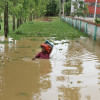
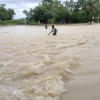
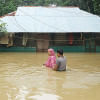

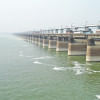

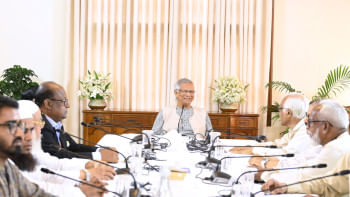
Comments